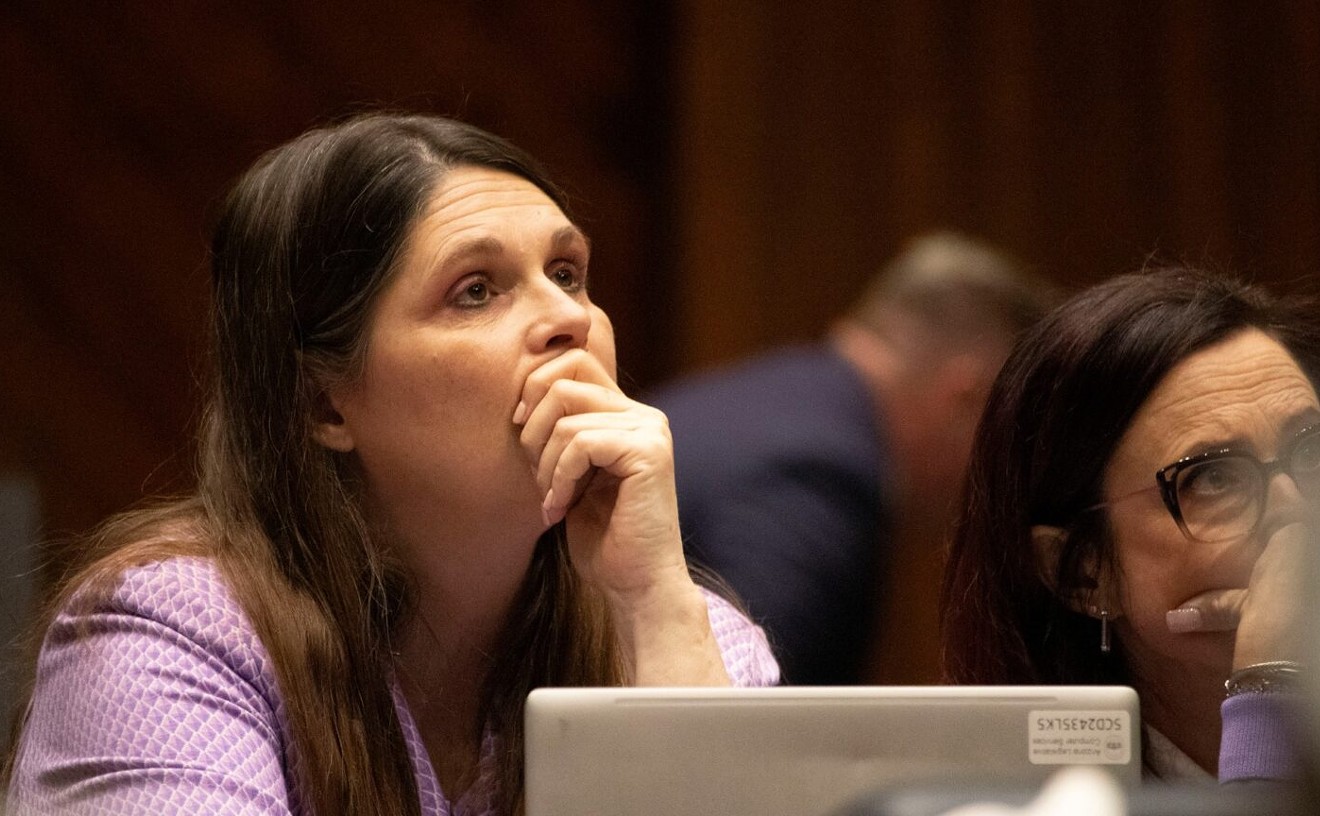Shrinking state funding for schools over the years has meant that local communities have been forced to pay an increasingly higher share of total funding, according to the Arizona School Boards Association.
The situation has left schools in a precarious state, says the nonpartisan, nonprofit group, which represents school districts throughout the state.
The group found that Arizona has become a national leader for local funding of schools, with 48 percent the funding of school districts coming from bonds and budget overrides, compared to 45 percent nationally. Bond and override funds draw on property taxes from residents of area school districts, while state money comes from state taxes on store purchases and job income.
As the Maricopa County Elections website shows, 11 of 21 school districts in the county are asking voters to approve bond elections this November, while 10 are asking for budget overrides. Statewide, according to the ASBA, school districts will hold 53 override and bond elections.
ASBA officials say the local money has become increasingly crucial in funding the school system.
According to ASBA:
• The state's per-pupil revenue from local sources has grown 78 percent, from $2,391 in 1992 to $4,246 in 2014, the most recent year available for the statistics.
• That growth exceeds the growth in state funding, which was 62 percent over the same period. Federal funding grew by 157 percent in that time frame, to $1,168 per student.
• An upward trend in state funding of schools halted in 2008, in the middle of the recession. State revenue dropped by one-third for three consecutive years, then slowly rose from there.
• Arizona's total per-pupil revenue fell to just $8,786 — 31 percent below the national average of $12,774.
• Writes the ASBA's Lisa Irish: "That means Arizona has about $2,071 less per-pupil revenue in 2014 than it did in 1992, when total per-pupil revenue was $10,857."
If Arizona schools need a new building or other capital construction, in other words, community members in the district often have to fund it themselves with a bond election. (Overrides pay for a school's maintenance and operation, not new construction.)
The state is currently funding only 15 percent of capital construction costs for public schools.
As New Times contributor Griselda Nevarez reported last week, the shift to local funding has been particularly hard on low-income Hispanic neighborhoods.
In May, Arizonans narrowly passed Proposition 123, which aims to add $3.5 billion to the state's public schools over the next 10 years by increasing funds obtained from the State Land Trust. But that money barely covers inflationary costs that state leaders have previously chosen not to fund. Arizona Governor Doug Ducey spearheaded the drive for Prop 123, but questions remain about how schools will fund the large shortfalls that remain.
Lisa Irish spoke to officials at several school districts to get details of their multimillion-dollar needs. The Blue Ridge Unified School District in the Pinetop-Lakeside area of eastern Arizona, for instance, needs millions of dollars for basic maintenance, including flooring repair and painting.
And the increased burden on local funding isn't a good thing, according to the ASBA.
"The challenge is there is no guarantee the community can or will fund local schools, thus leaving equitable gaps in the system," the group said in a written statement provided at New Times' request.
A statewide survey in May showed that 76 percent of Arizona voters believe state funding for schools should be increased, the group points out.
Chuck Essigs, director of governmental relations for the Arizona Association of School Business Officials, notes that the increase in local funding is due to the drop in state funding. Compared to other states, Arizona is ranked roughly in the middle for local funding — that is, local funding doesn't provide much more or less of the total school funding among the 50 states than it does in Arizona.
On the other hand, the state's ranking has changed dramatically.
Back in 1992, the state ranked 34th out of 50 for state revenue put toward schools, and 39th out of 50 for total money spent on each student, Essigs says. As of 2014, the state ranked 49th for state revenue used for schools, and 48th for per-pupil spending.
"If the state would have held its rankings like the locals did, we'd be a lot better off," says Essigs. "Citizens are finally realizing that we have less revenue per student compared to every state but two. It's nothing to be proud of."
Prop 123 is a good first step, but it will move Arizona up in its per-pupil funding by only 1 or 2 percent, Essigs says.
[
{
"name": "Air - MediumRectangle - Inline Content - Mobile Display Size",
"component": "18478561",
"insertPoint": "2",
"requiredCountToDisplay": "2"
},{
"name": "Editor Picks",
"component": "16759093",
"insertPoint": "4",
"requiredCountToDisplay": "1"
},{
"name": "Inline Links",
"component": "17980324",
"insertPoint": "8th",
"startingPoint": 8,
"requiredCountToDisplay": "7",
"maxInsertions": 25
},{
"name": "Air - MediumRectangle - Combo - Inline Content",
"component": "16759092",
"insertPoint": "8th",
"startingPoint": 8,
"requiredCountToDisplay": "7",
"maxInsertions": 25
},{
"name": "Inline Links",
"component": "17980324",
"insertPoint": "8th",
"startingPoint": 12,
"requiredCountToDisplay": "11",
"maxInsertions": 24
},{
"name": "Air - Leaderboard Tower - Combo - Inline Content",
"component": "16759094",
"insertPoint": "8th",
"startingPoint": 12,
"requiredCountToDisplay": "11",
"maxInsertions": 24
}
]











